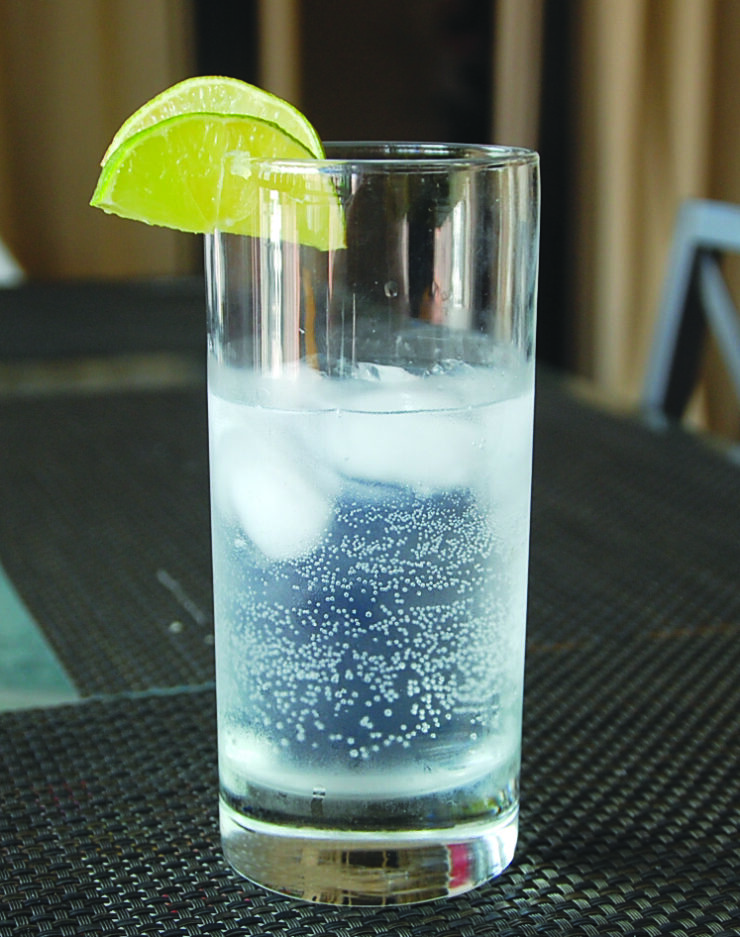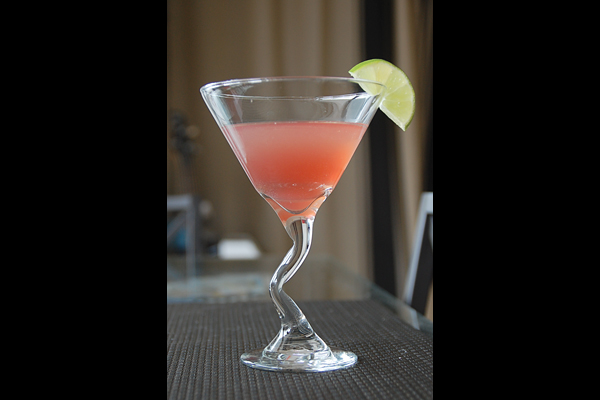U of O’s Wellness Week offers variety of meditation practices to try
I’ll open this by saying that I’m not a New Age guy. Nor, for that matter, am I a wellness guy, meditation guy, or really into anything that makes a person feel good. Feeling peaceful and at ease with the universe just isn’t my thing. Despite that, I’ve had a longstanding interest in sound healing, and because of the University of Ottawa’s Wellness Week, I finally got to try it out.
And it took only about 20 minutes of having someone tell me to relax for the anxiety to set in.
Sound healing, also known as a sound bath, is exactly what it says on the tin: healing through sound. The healer uses a variety of percussive instruments, mainly gongs, singing bowls, and other Eastern instruments, to help you relax. It’s meditation with an aural element.
The principle behind sound healing is that the healing instruments used can help a person enter a state similar to sleep. The tones are meant to slow our brains down to a ‘theta wave’ space, just like when we’re sleeping.
“The purpose of these types of instruments is to bring you into that state,” said Rebecca White Raven, who led the session. “Now you need to be willing to go there, but if you’re going with this intention, that’s a huge part of letting yourself get super relaxed.”
White Raven said that reaching the sweet spot between asleep and awake is the goal. Maybe that was my issue—getting to that point didn’t exactly make me feel relaxed. Judging by the flurry of questions and photo requests after the session, sound healing really worked for the other attendees in the room. And I’m happy for them. But that ‘sweet-spot’ to me felt a lot like when you take the overnight Greyhound and never really fall asleep, you just spend six hours getting pretty damn close.
So, in short, I left feeling weirdly nauseous. Now if you’re a regular person who eats breakfast and doesn’t buy awful drinks from Starbucks when they know exactly what they like but feel compelled to try new things, maybe you too will enter a theta state. It’s worth a try.
Sound healing isn’t just like taking a nap though. White Raven stressed that a sound healing session is a place to release a lot of bad feelings we’ve been holding on to, and emotions we’ve been stuck with.
“It comes from ourselves and what we’re ready to do. Sometimes we need to let go of things, so if you’re holding onto an emotional pattern, something that you never let yourself feel fully in your life, then the sound can help to bring that up, let you feel it, and let you send it into the earth.”
White Raven plays with a variety of instruments. The core of her ensemble is quartz singing bowls or gongs, depending on the class she’s giving—gongs can apparently be more forceful than bowls and aren’t for everyone.
White Raven also uses tingsha, or small high-pitched cymbals that come out of Tibetan Buddhist practices; Tibetan metal bowls that are more multi-tonal than the quartz bowls; a frame drum; tuning forks; an ocean drum, which mimics the sound of waves crashing on the beach amazingly well; a steel-tongue drum; a small rain stick; and koshi chimes, essentially wind chimes.
This particular session of sound therapy didn’t exactly work for me, but it didn’t diminish my interest in the practice. And as someone who has never done meditation before, sound therapy had the bonus effect of giving me some sound to focus on when my mind inevitably started to wander.






